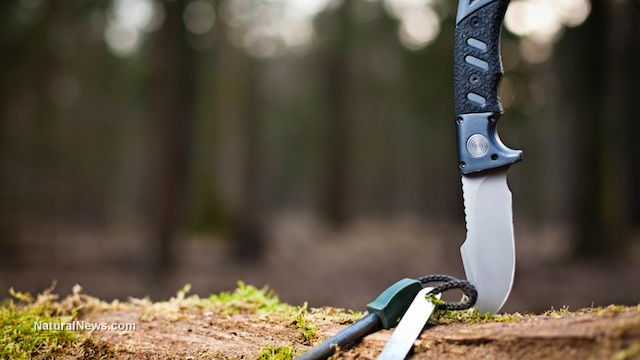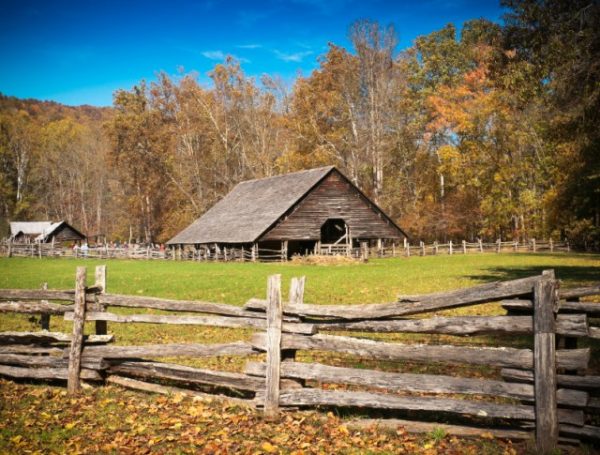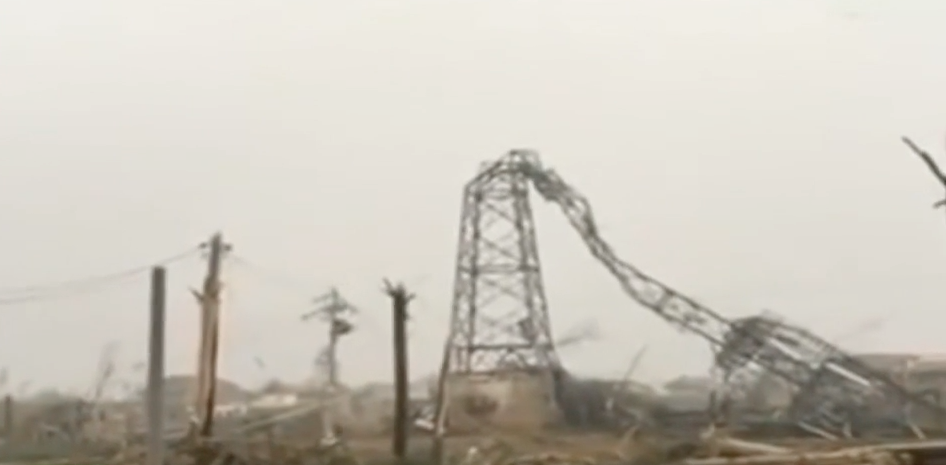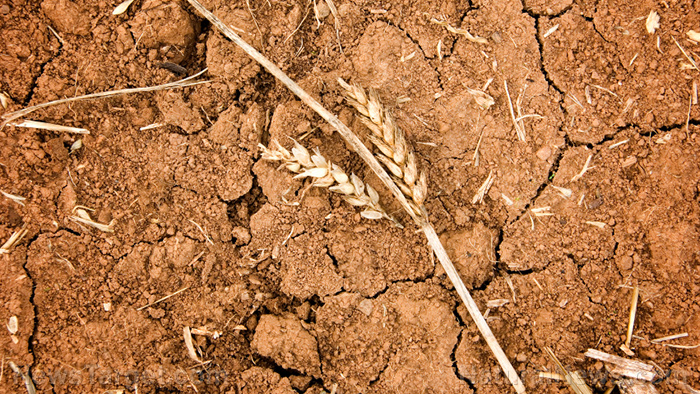Nuke prepping: 10 foods you must grow to reduce the damaging effect of radiation
09/12/2017 / By Jayson Veley

It’s terrifying to think about, but there may come a day when the United States will be struck by one or more nuclear weapons. Millions of Americans across the country have taken it upon themselves to prepare for such an attack, spending enormous amounts of time and money to ensure their survival. But preparing for a nuclear strike calls for more than just boarding up the windows and piling up the cylinder blocks; you also need to know how to help your body brace for the nuclear fallout. The website Survivopedia.com recently put together a list of the ten best foods to eat and grow for nuclear prepping.
Potatoes
In the event of a nuclear attack, one of the first organs that will be affected by the nuclear fallout and radiation is the thyroid. The reason for this is primarily because radioactive iodine is absorbed by the thyroid extremely quickly. Unbeknownst to most people, though, potato skins contain high amounts of iodine, which can be used by the body to shield the cells from radioactive material. Potatoes are also one of the easiest crops to grow, making them a no-brainer for anyone who is serious about prepping for a nuclear attack.
Strawberries
Like potatoes, strawberries are extremely easy to grow. All you really need is some soil, some water and a spot on the windowsill, and in no time at all, you will be able to enjoy a plethora of fresh, juicy berries. Strawberries also contain several important nutrients and are a good source of iodine. (Related: Read about how strawberries can prevent breast cancer.)
Cranberries
The great thing about cranberries is that they contain Vitamin C and Vitamin E, both of which are capable of protecting cells from radiation. Most people are not aware that cranberries can, in fact, grow in raised beds, so long as the soil is acidic and the plants are given enough water.
Navy Beans
If a nuclear weapon were to strike somewhere in your general area, chances are it would be difficult to find sources of red meat for quite some time. Luckily, navy beans contain a significant amount of iron, which your body can use to make blood. As most farmers and gardeners will tell you, beans are important to grow in gardens because they help the soil absorb nitrogen. For these reasons, navy beans should be on the top of every survivalist’s list when it comes to the production of sustainable gardens and nutritious foods.
Oranges
The Vitamin C that is found in oranges is quite literally a lifesaver. Research has shown that Vitamin C is capable of protecting healthy cells from radiation. As a matter of fact, it has been revealed that workers at the Fukushima plant in Japan were less likely to experience DNA mutations after receiving Vitamin C than those who did not. While there are many foods that contain Vitamin C, oranges are by far the best source.
Red Peppers
Just like cranberries, red bell peppers contain a significant amount of Vitamin C and Vitamin E. Red peppers have the ability to shield your cells from the effects of ionizing radiation, and can be grown outdoors, in containers, as well as in hydroponic setups.
Sunflower Seeds
Just 1/4 of a cup of sunflower seeds is all you need to get your recommended daily amount of Vitamin E, which can give your cells protection against harmful radiation in the event of a nuclear attack. In addition, sunflower seeds contain other antioxidants and nutrients that will generally allow you to live a much healthier life.
Pumpkin Seeds
If seeds from a sunflower really aren’t your style, then perhaps you would prefer seeds from a pumpkin. Pumpkin seeds provide you with a good source of Vitamin E, and pumpkins themselves contain high levels of vitamins A, B, C, and Potassium. As long as the vines have enough room to spread, pumpkins are actually more than capable of growing in containers.
Spirulina
In addition to being packed with important nutrients, spirulina contains molecules that can bind to certain toxins such as heavy metals. Eating spirulina can protect your body even if you are exposed to radioactive material such as dust or debris. To grow spirulina, all that you need is alkaline water, a source of light and a bit of dry spirulina to initiate the growing process.
Cocoa
This last food item is sure to please survivalists and chocolate-lovers alike. Chocolate contains resveratrol, which is a molecule that has the ability to protect chromosomes from radiation damage. Even though food products like Hershey bars and Milky Ways have very little nutritional value, cocoa beans themselves can help you survive after a nuclear attack.
Sources include:
Tagged Under: food, fruit and vegetables, health, iodine, natural remedies, nuclear attack, nutrients, prepping, thyroid, vitamins and minerals




















